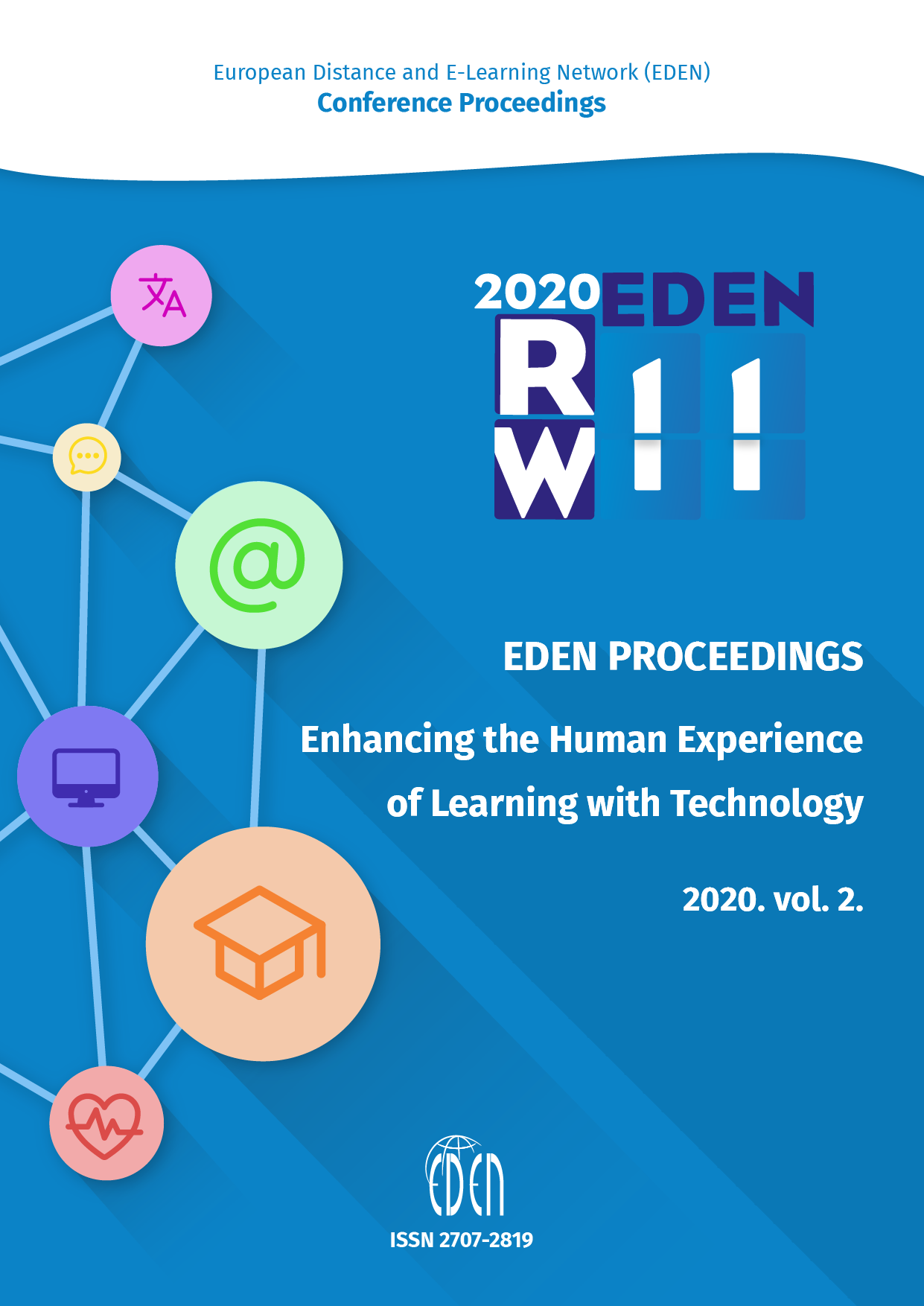Communication and Interaction from Face-to-Face to Online Emi Degree Programmes in the Students’ Perspective – A Case Study
Communication and Interaction from Face-to-Face to Online Emi Degree Programmes in the Students’ Perspective – A Case Study
Author(s): Stefania Cicillini, Antonella GiacosaSubject(s): Social Sciences, Education, Higher Education
Published by: European Distance and E-Learning Network
Keywords: higher education; English-medium instruction; EMI; online learning; ERE
Summary/Abstract: The proliferation of EMI degree programmes, which are completely taught through the medium of English, has risen steadily in Italy over the last two decades, especially at master level. Along with English proficiency, interaction and communication are key factors in the success of EMI programmes even though they have been matter of concern during the COVID-19 emergency, when all classes were suddenly forced to shift online. More specifically, students of EMI degree programmes in “Medicine and Surgery” and “Nursing” were impacted because they used to work and study in groups, to interact with patients and classmates and to receive immediate feedback from lecturers. Though unplanned, emergency remote education (ERE) has allowed students to attend classes and take exams. However, it has also shown that interaction and communication could have been handled better. First, this study aims to investigate how these issues were dealt with during the emergency; second, it enquires what lessons can be learned from the sudden transition onto digital platforms. After experiencing ERE, 102 students from various Italian universities have filled in an online questionnaire reflecting on how interaction and communication were mediated during online classes or video lessons. On the one hand, their reflections have provided insight into challenges for EMI pedagogy, which had already been identified in the face-to-face modality but were exacerbated during ERE; on the other hand, their suggestions could be useful to improve future EMI classes. Data has shown that specific training in digital tools, standardization of the lessons’ format, more interaction and investments in better platforms are considered to be key aspects to implement and promote in EMI courses in the forthcoming years.
Journal: European Distance and E-Learning Network (EDEN) Conference Proceedings
- Issue Year: 2020
- Issue No: 2
- Page Range: 422-432
- Page Count: 11
- Language: English

